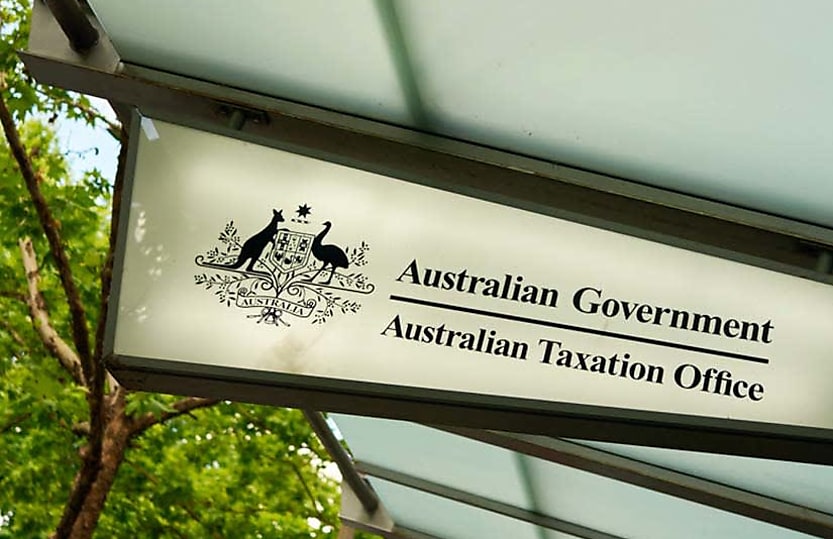ATO clarifies approach on disputed debts for larger businesses

The Tax Office has updated its guidance on disputed debts regarding its expectations for large businesses and wealthy group taxpayers.
In a recent update to PS LA 2011/4, the ATO has made it clear that it expects large businesses and certain wealthy group taxpayers with disputed debts to pay their debt in full or enter into a 50/50 arrangement.
Practice Statement PS LA 2011/4 is an internal ATO document that provides guidelines for ATO staff on managing the collection and recovery of disputed debts.
Within the practice statement, the ATO has defined a large business or wealthy group taxpayer as a member of a group with a turnover of greater than $250 million, a member of a private group with over $250 million in net assets or a significant global entity.
“We require large business and wealthy group taxpayers with a disputed debt to either pay their debt in full or enter into a 50/50 arrangement,” the ATO said in the updated PS LA.
“Where a large business or wealthy group taxpayer with a disputed debt does not pay their debt in full or enter into a 50/50 arrangement, we may take action to secure payment of the disputed debt before the dispute is resolved.”
A 50/50 arrangement requires taxpayers to pay all undisputed tax debts and a minimum of the disputed principal tax debt.
The Tax Office said its approach “recognises the significance of large business and wealthy group taxation payments to Commonwealth revenue collections and the critical role of that in maintaining community confidence in the tax system”.
“For other taxpayers, where there is a dispute about a taxpayer's liability, any recovery action we take is based on an assessment of the risk the case poses to the revenue, taking into account the taxpayer's individual circumstances,” the ATO said.
“This risk assessment is a fundamental part of the disputed debt process and continues during the various stages of a dispute, while a disputed debt remains unpaid.”
Speaking last month, ATO Commissioner Rob Heferen said debt collection across all sizes of business in general would remain a major focus for the regulator in the 2024–25 financial year.
Heferen said the Tax Avoidance Taskforce would continue its focus on large corporate groups but also increase its focus on medium and emerging large businesses.
He also said the ATO would not be afraid to litigate disputes with large taxpayers, especially in relation to aggressive profit-shifting arrangements.
"The ATO’s attention on profit shifting has a well-understood focus on the corporate tax risks from multinationals mispricing goods or services," he said.
"Where multinationals choose to continue with risky behaviour, we have mature compliance programs to detect, assess and treat these risky behaviours with strong economic and legal expertise."
About the author








Comments (0)
Comments powered by CComment